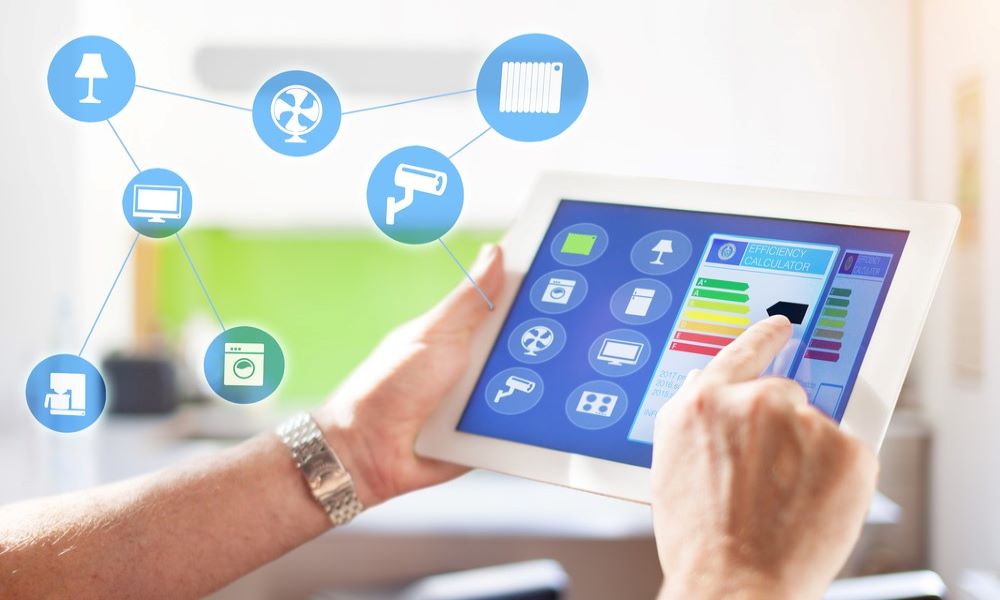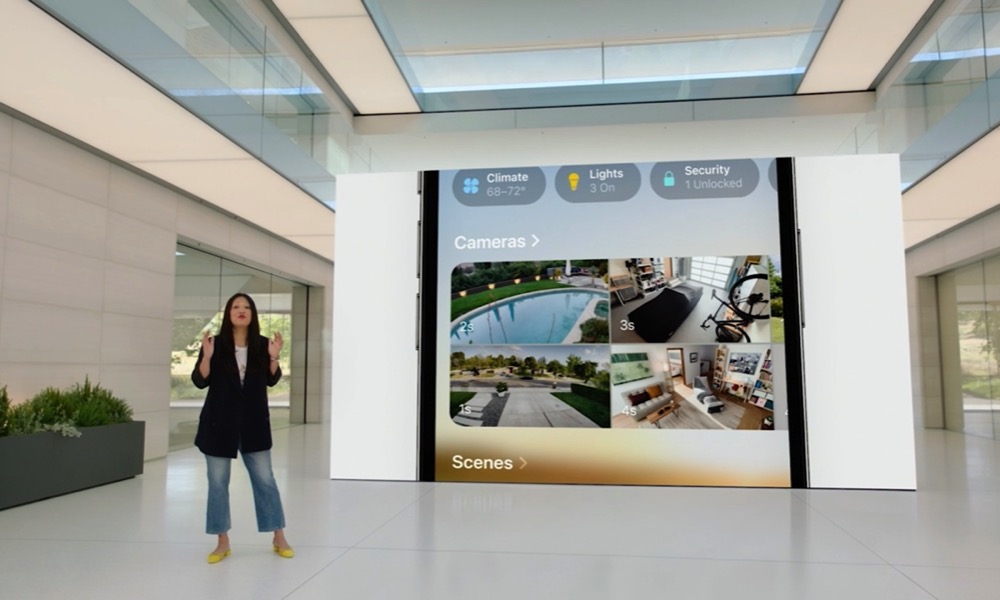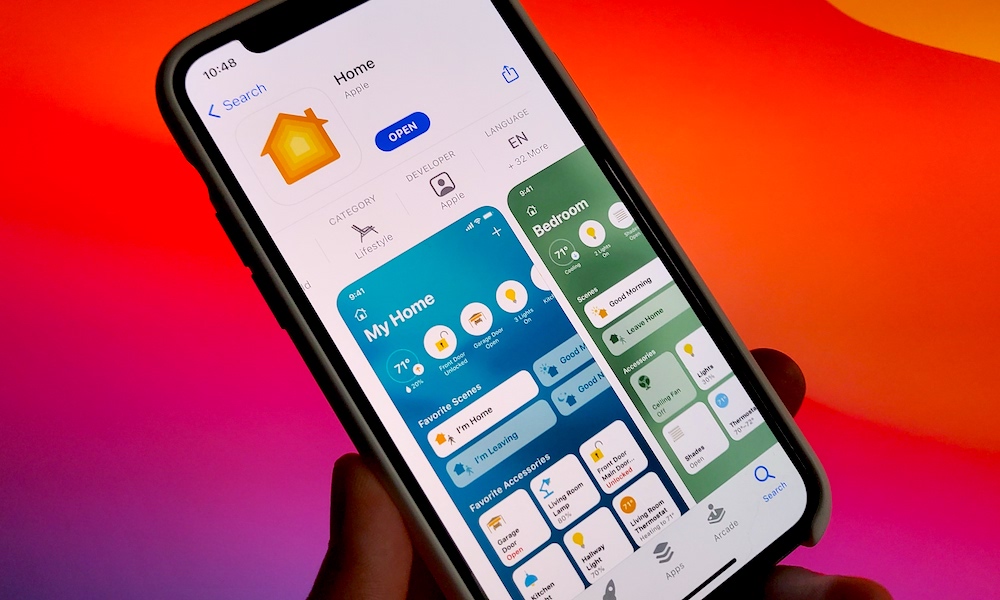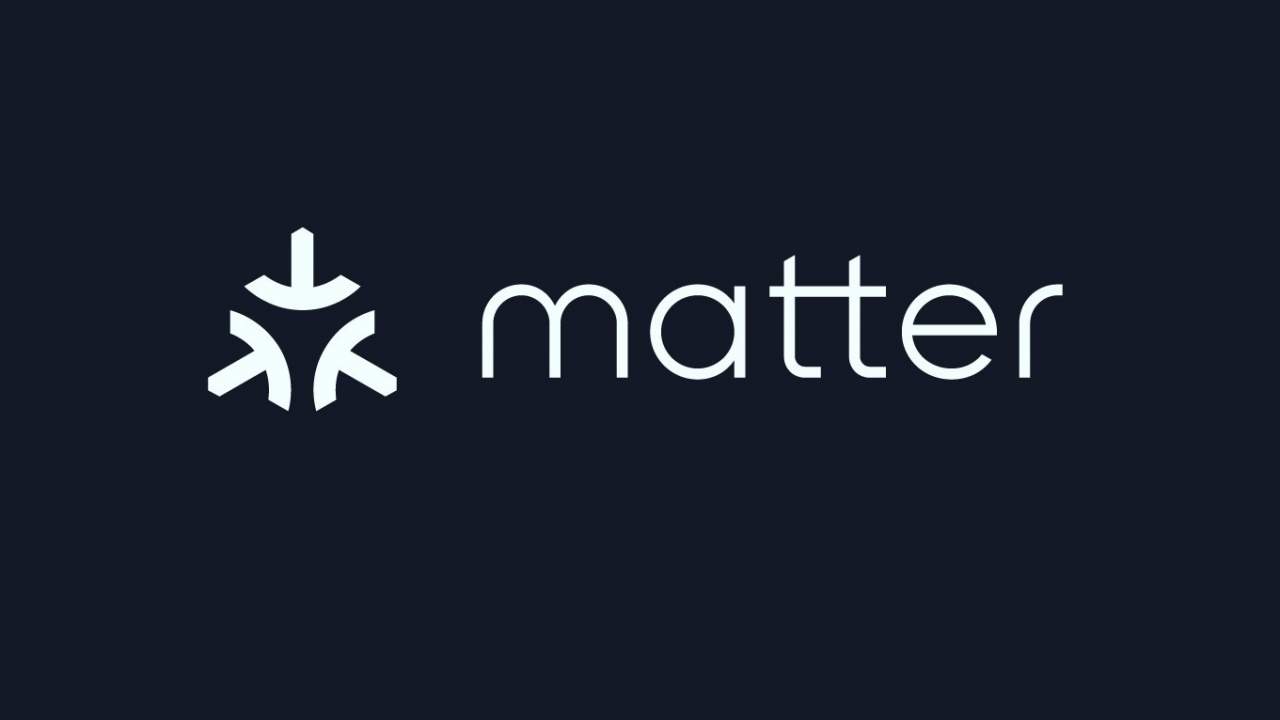FAQ | What Is “Matter,” Anyway?
 Credit: RossHelen / Shutterstock
Credit: RossHelen / Shutterstock
Toggle Dark Mode
Apple has now officially started to talk about “Matter” home automation and how Matter is going to revolutionize the Home app, with plenty of upcoming changes to how you control your smart home devices. But Apple users may have a common reaction to this news: “Wait, what’s Matter?”
The confusion is understandable. Matter is a complex, years-long project that’s gone by a few different names, and it’s not immediately apparent what it does. But this new protocol is set to be released soon, and it could single-handedly revolutionize the smart home – not just for Apple and HomeKit users, but for everyone. Let’s go over common questions about Matter to drill down to what it is and exactly why it’s so important.
What Is Matter Exactly?
Matter is a home automation protocol, which means its software that allows smart home devices to communicate with apps, hubs, each other – and anything else. It was originally called Project CHIP (Project Connected Home Over IP) but was recently re-labeled. You can’t see, manage, or purchase Matter, but this standard is going to change the way that smart homes work – and that’s a big deal.
Did Apple Make Matter?
It helped! The original members of the Matter project were all the biggest players in smart home devices. That included Amazon, Apple, Google, and Samsung, all of whom agreed to come together and create a common protocol they could all use. As time went on, other companies joined the effort, now called the CSA (Connectivity Standards Alliance), which currently has over 200 members.
What Difference Does Matter Make?
A lot! In years past (and still today in most cases), smart devices were made to work with proprietary platforms created by the manufacturer. If you had an Ecobee Thermostat, for example, you needed the Ecobee app to control it – sounds familiar, right? Over time, big players started creating platforms that could handle a lot of different devices, like home security brands or Google’s Nest line that’s controlled through the Google Home app. Then these big players started adding third-party compatibility to their platforms. Amazon was particularly successful at this with Alexa, which has excellent third-party support so you can use the Alexa app to control all sorts of integrated smart plugs, smart locks, game consoles, and more. Apple was on the other end of the spectrum with a largely closed system that slowly branched out into compatible HomeKit devices from Belkin, Yale, and others.
The problem was that you still needed to pick one platform as your preferred version if you wanted to keep things simple. If any of your smart devices weren’t compatible with that platform or lost compatibility later on (this happened with Google several years ago), then you were out of luck. And if you wanted a third-party device that couldn’t talk to your preferred platform, you needed to download a separate app just for it. And sometimes devices would have limited functionality if they weren’t used with their own apps.
This all led to a lot of confusion for the average consumer, and greatly limited the smart devices that people could use or wanted to use. Matter seeks to fix all that by creating a single, universal standard that allows all devices from all participating brands to talk to each other fluidly, so you can pick the platform and voice assistant that you want to manage them and don’t have to worry about compatibility issues. Some protocols like Zigbee and Z-Wave tried to do this before but failed as the smart home industry grew (which is why all of today’s devices just operate on Wi-Fi and the Z standards are very rare). Matter is an entirely different approach.
Does Matter Do Anything Else?
Yes, the protocol adds several features that smart homes have sorely needed. That includes encrypted data via blockchain so that devices can’t be tampered with or data can’t be stolen. It also adds the ability for smart devices to communicate to each other directly through a wireless “Thread” connection rather than going through Wi-Fi, which also improves security and speeds things up.
When Is Matter Going to Be Released?
The official release has been delayed a few times (for COVID-19, among other reasons), but it’s finally set for late 2022. Now, a protocol “release date” is kind of an oxymoron, because it’s not a product that you buy or an update that’s suddenly going to hit all your current smart devices. But several things will happen. First, those part of the CSA will roll out updates to their apps like the Home app to add Matter compatibility and new features – which is why Apple’s Home app is getting a makeover.
Second, some current smart home devices will receive updates to add Matter compatibility. That’s going to be decided on a device-by-device basis, and many smart devices don’t have the necessary capacity or features to support Matter. Brands are looking into workarounds, but realistically there’s no guarantee any device will work with Matter until it’s specifically confirmed. The good news is that several brands have already started listing which of their devices will receive Matter updates. Philips Hue lights that work with the Philips Bridge will work with Matter, because the Bridge is set to receive a Matter update. Amazon has announced that its newer Echo devices will be compatible with Matter…and so on.
Third, Brands will start releasing products specifically designed for Matter, with lots of Matter marketing associated with them to get the ball rolling. Belkin is an example of this, as it announced that it will be releasing new versions of its Wemo products that are made for Matter.
What Brands Are Offering Matter Devices?
As we mentioned, over 200 companies are currently part of the CSA, and many brands have announced their new devices will be compatible, including Arlo, Belkin, Comcast, Eve, Schlage, LG, GE Lighting, SmartThings, and more.
Smart brands that haven’t yet signed up will have a decision to make. Keep the independent platform and features that they have worked on and risk that consumers just won’t be interested in products that don’t work with Matter, or overhaul their platforms and devices so they’ll work with Matter but may lose some proprietary features.
How Do I Find Matter Devices?
Look for the logo. Matter has its own logo with a three-segment icon that’s going to start showing up on products and packaging.














